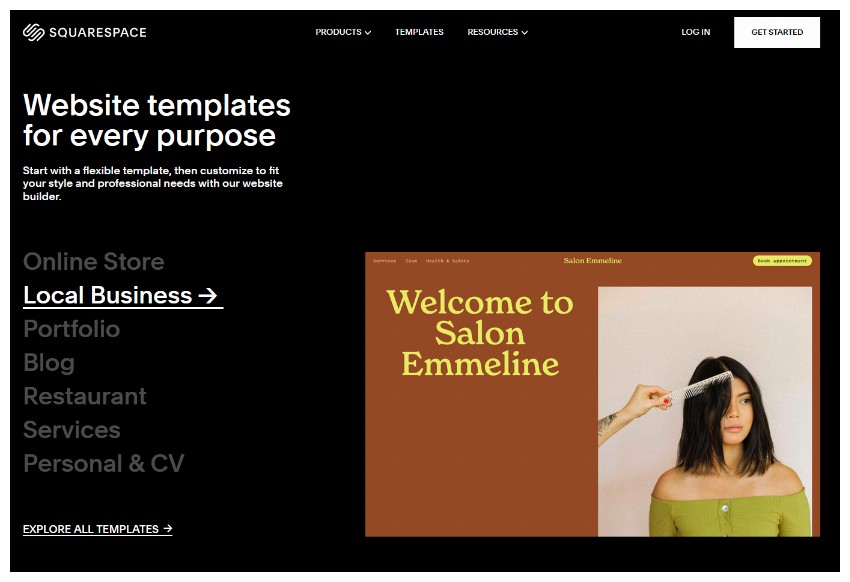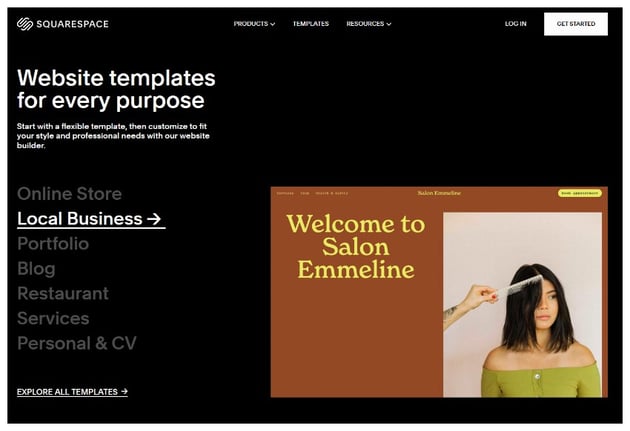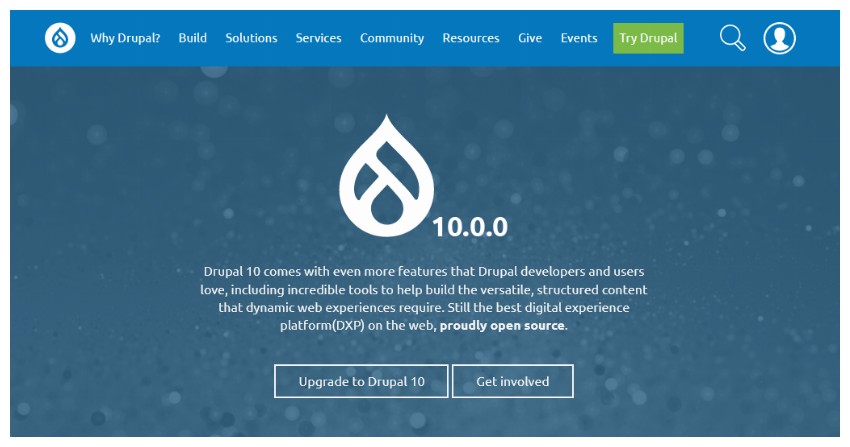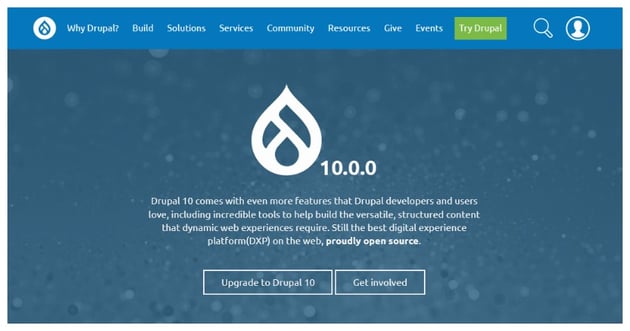Anyone who is looking to create a website today has probably been suggested WordPress as a great option. WordPress definitely has a lot of positives that make it the platform of choice for website development. It is used by over 40% of all websites and 60% of content management systems.
There is no denying that you can create almost all kinds of websites with WordPress. However, being so general purpose is also a negative as you can’t optimize the platform to do one particular thing. In this post, I will tell you about some alternatives to WordPress that might suit you better for creating websites.
WordPress Website Builder Alternatives
Let’s begin the discussion with some full-fledged website builders that you can use to create regular websites.
Squarespace
Squarespace was a blog hosting service with a simple drag-and-drop builder in its initial years. However, it has now grown to a full-fledged website builder where you can create almost all types of websites.



There are a lot of available templates to help you build anything from an online store or restaurant website to a blog or portfolio.
The templates are beautiful, sleek, and modern, with high-calibre designs. You can customize the pages, fonts, colors, and backgrounds. Experienced coders can customize the templates using HTML and CSS.
You will also be able to use the Squarespace marketplace extensions to integrate more functionality into the website.
One major benefit of using Squarespace is that you won’t have to worry about website maintenance, security, and optimization as much as you would have with WordPress. This frees up your time and resources to focus on actual website building and content promotion.
We also have another article that covers the Squarespace vs. WordPress comparison in more detail. There are also articles to help you learn more about the platform.
If, after reading this, you’ve decided that Squarespace is the one for you, then your next step is to get started. Learn how to build a Squarespace website now.
Wix
Wix is another popular platform that a lot of people use to create their websites. In fact, it is slightly more popular than Squarespace.



Wix is a SaaS product, just like Squarespace. This means that you will also get similar advantages when it comes to ease of installation and setup.
In terms of design, there are over 900 free and customizable templates available for you to use. The templates have been created with optimization for all types of uses in mind.
You can also use the website builder to create a website from scratch. You can create a website for selling products online, starting a simple blog, or organizing events.
The whole process of using Wix for creating websites is hassle-free, and you won’t have to worry about downtime or maintenance issues.
You can read more about the tool in our comparison of Wix with WordPress.
Webflow
Are you the kind of person who likes to create websites where you have absolute control over the look and appearance of different elements on a webpage? Webflow is going to be a great WordPress alternative for you.



While you can create your own website designs from scratch in Webflow, there is also an option to use some pre-built free and premium themes for further customization.
I would like to mention that the granular control over all aspects of your website in Webflow comes at the cost of a steep learning curve. This is probably going to be a challenge if you are a newbie.
You will be able to add different types of interactions and animations to the elements on a webpage to make it more lively and interesting. The platform is optimized for SEO performance and allows people to collaborate on content creation.
Read this Webflow and WordPress comparison post to get a better idea of the platform. Afterwards, you can follow the tutorials that will show you how to use Webflow to build a website.
Take Our “Webflow for Beginners” Course
WordPress eCommerce Alternatives
All the website builders I listed above can also be used to create eCommerce websites. We can also easily set up an online store to sell our products using the WordPress WooCommerce plugin.
However, there are other alternatives which are specially meant for selling products that are worth considering.
Shopify
Shopify is one of the most popular platforms to use when you want to set up a website to sell products online. The website claims to handle 10% of total US eCommerce.



You will have to spend very little time setting up your eCommerce store with Shopify. There are a lot of themes available for you to use, so you don’t have to start from scratch. However, you will still be able to customize the store to give it a personal touch.
The Shopify app store comes with multiple extensions to help you with different aspects of eCommerce like dropshipping, marketing, product reviews, or selling products in places like Facebook and Instagram.
There’s no need to worry about website maintenance, security, or scalability as Shopify will take care of all that for you.
Want to read more about Shopify? Read this detailed comparison of Shopify with WordPress. Then explore our step-by-step tutorial that will help you set up your Shopify store. Or explore Shopify courses on Envato Tuts+.
PrestaShop
Not everyone wants to sacrifice complete control over their online store for quick installation and ease of use. If you are one of those people, you might find PrestaShop to be a great alternative to WordPress.



Just like WordPress, PrestaShop is also open-source, but its primary focus is on being an eCommerce store instead of a full-fledged CMS to create general-purpose websites.
You don’t need to meet any special technical requirements in order to use PrestaShop. All you require is support for PHP, MySQL, and Apache or Nginx servers similar to WordPress.
There’s a thriving community of over 1 million users and thousands of developers ready to help you. There’s also an official marketplace that you can use to purchase PrestaShop modules and templates to get started quickly.
Snipcart
I used Snipcart to develop an online store for one of my clients and liked what the service had to offer. As the homepage suggests, you can use Snipcart to add a shopping cart to any website with a JavaScript library and some HTML.



There are several benefits of using Snipcart, two of them being the ease of setup and complete integration with an existing website without much hassle. There is no need to start fresh and waste time.
You also get plenty of customization options for your store, the payments page, etc. The support staff was also very helpful. You can test the service for free and start paying when you decide to go online.
WordPress Open-Source CMS Alternatives
Finally, I would like to mention two open-source alternatives to WordPress in case you want full control over all aspects of your website.
Joomla
Even though it is not as popular as WordPress, Joomla is the platform of choice for website development for plenty of people. There are over 2 million active websites that use Joomla.



One of the biggest benefits of Joomla is that it is completely free and open source, so you have absolute control over the website you create.
The CMS offers great multi-lingual support with over 70 translation packs available in its core. You get many features like content versioning, scheduling, and management that you would expect in a CMS. The WYSIWYG editor that comes with Joomla supports direct drag and drop of images into the content.
Check out our article comparing WordPress and Joomla.
Drupal
Drupal is the third most popular CMS out there after WordPress and Joomla. A lot of well-known government organizations and companies like NASA and Dr. Reddy’s use Drupal to create their website. So rest assured, you can use the platform with full confidence, even if you haven’t heard a lot about it.



Drupal has focused a lot on being very accessible and offering multi-lingual support in its latest release. That’s good news if you are trying to reach different audiences.
Behind the scenes, Drupal is written in PHP and can work with MySQL or MariaDB for any database needs. You can also use PostgreSQL or SQLite if you want. It will also work on any web server with the appropriate PHP version installed. This basically means that you won’t have to worry about facing any installation issues.
Some of the things that you would like in Drupal include its support for more powerful and flexible content type and access control options.
We also have an in-depth article comparing WordPress and Drupal.
Final Thoughts
Web development has come a long way in the past decade. There are now a lot of tools and services around to help you create a website. You can choose to go along the open-source route or use popular SaaS products like Squarespace, Shopify, or Snipcart.
I would suggest that you do further research on any of the alternatives that you like before you fully commit your time and resources.

